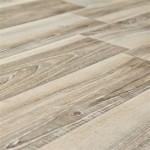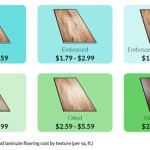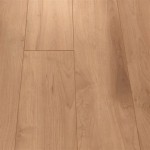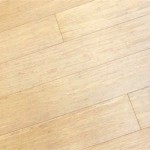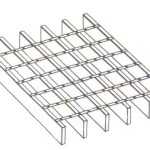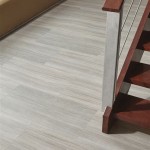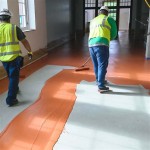Floating Bamboo Flooring on Stairs: A Comprehensive Guide
Floating bamboo flooring, known for its durability, sustainability, and aesthetic appeal, is an excellent choice for transforming the look of your stairs. Installing floating bamboo flooring on stairs requires meticulous planning and execution, but the results are undoubtedly worth the effort. This guide will delve into the essential aspects of installing floating bamboo flooring on stairs, ensuring a successful and visually stunning outcome.
1. Planning and Preparation
Before embarking on the installation process, careful planning is crucial. Measure the stairs accurately to determine the amount of flooring required. Allow for extra material for cuts, waste, and future repairs. Gather all necessary tools, including a miter saw, measuring tape, level, and hammer. Ensure the stairs are clean and debris-free.
2. Subfloor Preparation
A stable and level subfloor is essential for a successful installation. If the existing subfloor is uneven or damaged, it may need to be leveled or replaced. For wooden subfloors, use a leveling compound or plywood sheathing to create a smooth surface. For concrete subfloors, use a concrete leveling compound.
3. Underlayment
Underlayment provides a moisture barrier, reduces noise, and enhances comfort underfoot. Install the underlayment according to the manufacturer's instructions, ensuring it is cut to the correct size and overlaps at the seams. Use tape or adhesive to secure the underlayment to the subfloor.
4. Starting Row Installation
Begin by installing the first row of flooring along the bottom of the stairs. Cut the planks to fit snugly against the riser and sidewall. Use spacers to maintain an even gap between the planks and the walls. Secure the planks with a flooring nailer or adhesive.
5. Installing the Remaining Rows
Continue installing subsequent rows of flooring, working your way up the stairs. Cut the planks to fit around the nosings and risers, ensuring they interlock securely. Use a tapping block and hammer to firmly connect the planks. Stagger the joints between rows to enhance the strength and stability of the flooring.
6. Stair Nosings
Stair nosings provide a safe and finished edge to the stairs. Cut the nosings to the appropriate length and angle. Apply adhesive to the underside of the nosings and press them firmly into place over the edge of the flooring. Secure the nosings with nails or screws.
7. Trimming and Finishing
Once all the planks are installed, trim any excess flooring around the edges and corners. Use a miter saw to create angled cuts for a clean and professional finish. Apply baseboards or molding to conceal the edges and enhance the overall appearance of the stairs.
Installing floating bamboo flooring on stairs adds a touch of sophistication and durability to your home. By carefully following the steps outlined in this guide, you can achieve a stunning and long-lasting result. Remember, patience and attention to detail are key to a successful installation.

How To Install Bamboo Flooring On Stairs With S Wikihow Life

How To Install Bamboo Flooring On Stairs With S Wikihow Life

Bamboo Stair Tread Riser Step Case

Laminate Flooring On Stairs Best Life Ever Doncaster

Bamboo Stair Nosing Melbourne

Laminate Flooring On Stairs Best Life Ever Doncaster

Bamboo Doors And Floors Contemporary Staircase San Luis Obispo By Green Goods Houzz

Bamboo Staircases Logan Leigh Stairs Kitchen Benchtops Doors And Drawers

How To Install Bamboo Flooring On Stairs With S Wikihow Life

Laminate Flooring On Stairs Best Life Ever Doncaster
Related Posts

